There is a family that between the nineteenth and twentieth centuries made Palermo one of the capitals of the international jet set, a regular destination for crowned heads, captains of industry, renowned artists and architects invited by what was one of the most important and powerful dynasties marking its era: the Florios. So much in vogue for four generations and fallen into oblivion in inverse proportion today, until Stefania Auci ’s pen told their story with a book, a historical novel, released in 2019 and becoming a bestseller: The Lions of Sicily has so far sold one million copies in 35 editions, already published in the United States, Holland and Spain, being translated in 31 countries. Disney+ has produced a television series of it, and Rai Fiction wants to do the same. And the sequel to the family saga, The Winter of Lions, won the Bancarella prize in 2022.
As in many cases like this, the places where the events of editorial or television phenomena are set become return tourist destinations (just think of Commissario Montalbano or Don Matteo, although in the beginning the ’television’ pilgrimage was for Mulino Bianco Barilla). It is not for nothing that Stefania Auci was brought by the Sicilian Region as a testimonial for its stand at the Bit-International Tourism Exchange in Milan in 2022 as an element of territorial promotion of the island. This is real history here, and in recent years in Palermo there has been a rediscovery of the buildings and traces left by the Florios in the city: from the villas to the shipyards (at the time the largest in the Mediterranean), from the sanatorium that later became a large luxury hotel to the tuna processing plant in Favignana. These Calabrians who came to Palermo, in fact, to change their lives found their fortunes thanks to the tireless work and inventiveness that took them from spice merchants (“pepper, citrine, cloves, tormentilla, cinnamon... exotic names that acquire flavor on the tongue and evoke images of sun and heat”, as Auci deftly writes in the book) to entrepreneurs with six thousand employees, shipowners with a fleet of one hundred ships, inventors of canned tuna, promoters of a car race through the streets of Sicily (the Targa Florio, which today also has a museum), making Marsala become the fortified wine that it is today leading it to become the wine of European nobility, ceramics, the tobacco and cotton trade (the cotton spinning mill was located on Anjou Street, on two floors with a garden and today houses the “Florio” Institute for the Blind, wanted by Ignazio Florio himself)...
Heads of state, rulers of England, the Tsar of all the Russias or the German Kaiser would come down to Palermo to be guests of the Florios. And so it was that wealth went hand in hand with art, and as hosts and patrons they surrounded themselves with the best that art had to offer. So taking a tour of Palermo and western Sicily in their footsteps is certainly an alternative and informative itinerary of a piece of Palermo’s and the island’s history. Here then is an itinerary in eight must-see stops in the Sicily of the Florios.
Arriving in Palermo in 1799: Via dei Materassai, in the Castellammare district, is where it all began. Or rather, this is where they would open their wholesale store of aromas and spices, after the experience of the store on the floor of San Giacomo, which would mark the family’s entrepreneurial beginning. Narrow streets, small balconies with clothes hanging out, stone-paved streets, the typical historic center of Palermo, became the nerve center of the new world: “...Cinnamon, pepper, cumin, anise, coriander, saffron, sumac, cassia. No, they are not just for cooking spices. They are medicines, they are cosmetics, they are poisons, they are scents and memories of distant lands that few have seen. Rich is he who can buy them, rich is he who can sell them. Spices for cooking-and even more so those for medical cures and perfumes-are things for a select few.” This is how Stefania Auci describes their trade well in the book. There is nothing left of their store and palace, no plaque to remember them, nothing in the nearby Piazzetta delle Dogane or the Palazzo Chiaramonte Steri where they must have done their business daily. One travels here, however, to see their places. Near here is the beautiful and very rich church of San Domenico that houses the burials of illustrious Sicilians and inside which, of course, there is also a plaque for Vincenzo Florio. The statues, tombstones, and marbles worked with inlays that make it an exceptional decoration (mixed marbles), with alternating colored marbles and white marble.
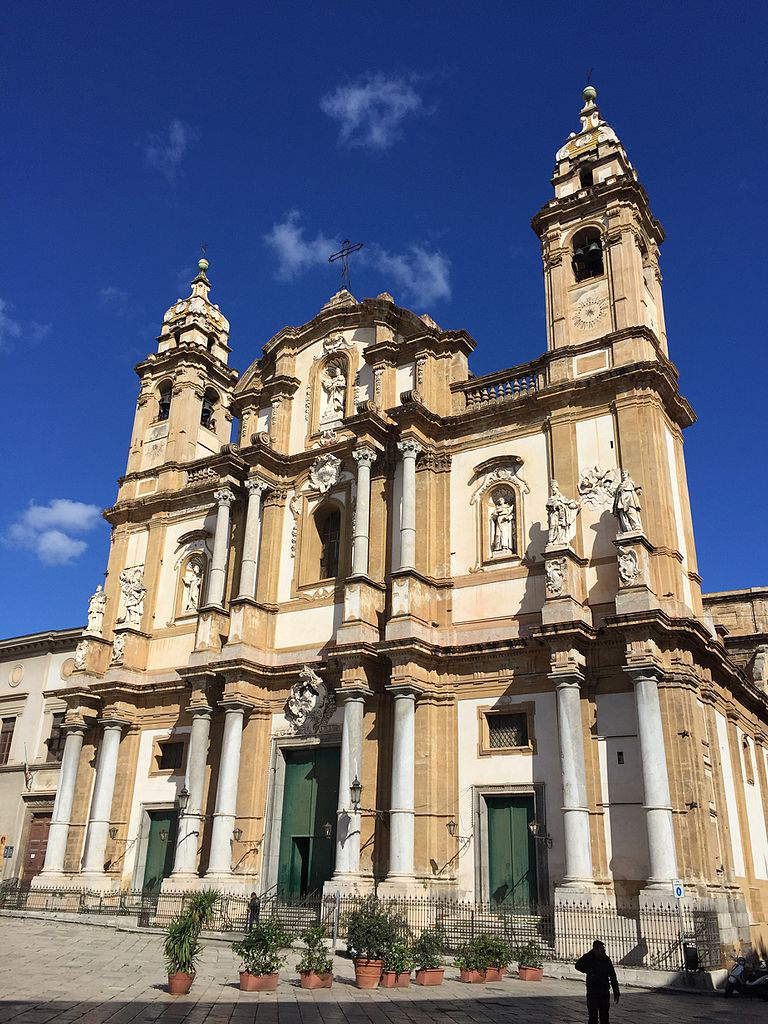
In the Palermo fishing village of all’Aranella (on Discesa Tonnara street No. 4) is the old tuna fishery of the Florios, which over time they decided to modify and convert to the appearance we see today: the Palazzina dei Quattro Pizzi. To the one-story building of the tuna factory Vincenzo Florio entrusted the architect Carlo Giachery with the task of creating a wing that would be worthy of the family’s residence, and so going to work on the eastern end he erected a tower in the neo-Gothic style (with Anglo-Saxon influences due to the Florios’ experiences in their travels in Europe) at the end of which he had placed 4 cusped turrets, spires, in the four corners. Hence the name referring to the ’laces’. It became a private residence but open to the general public of European dignitaries who were frequent guests of the Forio, uncrowned kings of Sicily at the time. And so of passed and stayed there, for example, the Bourbons but also Tsar Nicholas I who was fascinated by the building and its interior decorations wanted a building like this in Russia (later destroyed with the October Revolution). The splendor of the frescoes and decorations on the ceilings and vaulted ceilings (from the Crusades to the Paladins of France, to the Normans done by Salvatore Gregorietti-reminiscent of the Ruggero II Hall in the Palazzo dei Normanni-and Emilio Murolo) was such that the Germans during World War II painted everything black to avoid being noticed inside the building from which they controlled the port of Palermo. A small villa in full Art Nouveau style that stands on Viale Regina Margherita in Palermo. The construction of this splendid building was entrusted to the skilful hands of architect Ernesto Basile after the Florio family had purchased the Contrada all’Olivuzza, a green area bordering their estates. This was the home of the young Vincenzo Florio. Around the little villa you can admire what remains of the Olivuzza Park and appreciate the refined and harmonious style of the structure, which still make it one of the most eclectic in Palermo. With original architectural lines, battlements, columns, loggias and stained glass windows it still retains all its charm.
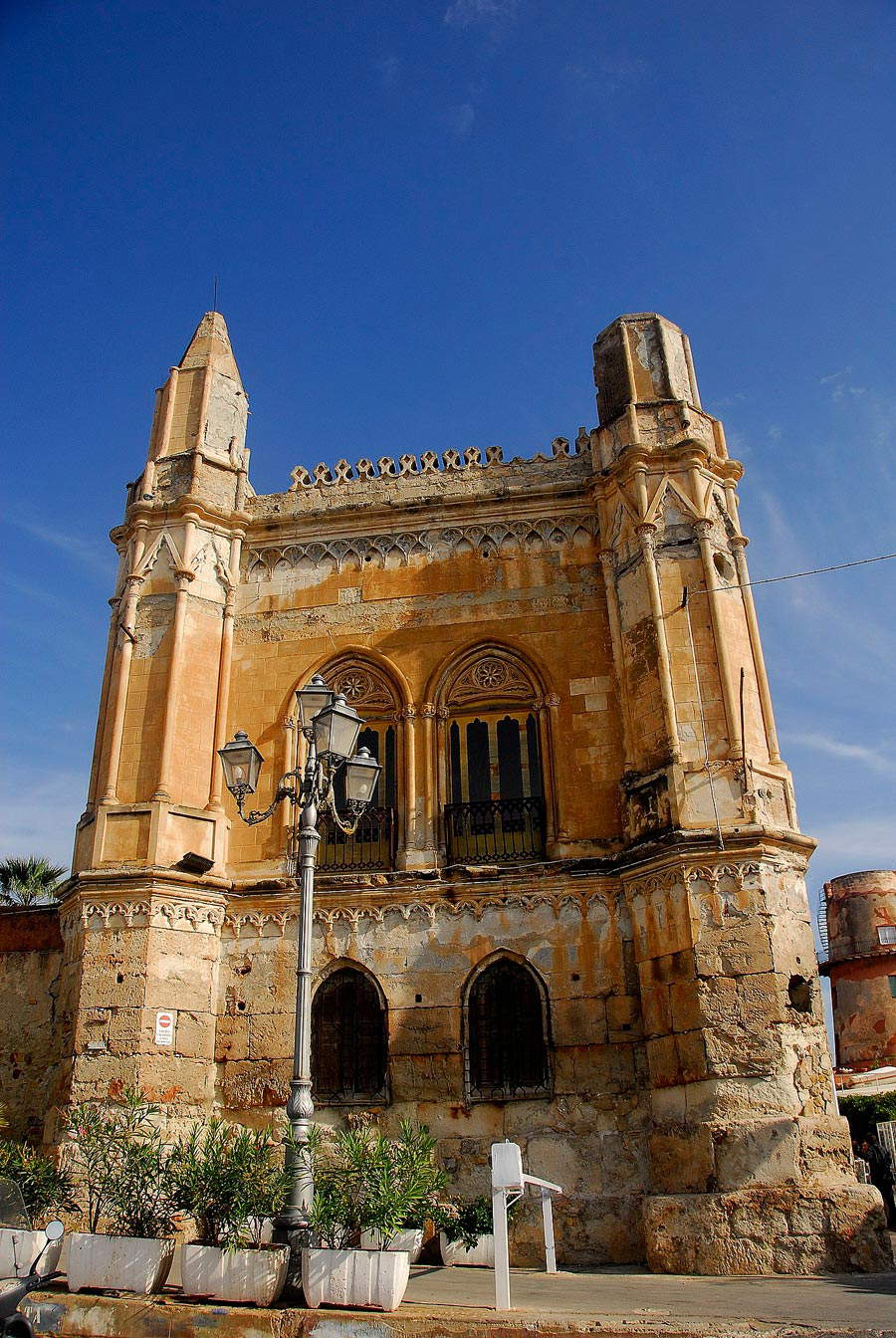
Thanks to Vincenzo Florio, Palermo is home to a jewel of the Art Nouveau style, one of the first in Italy. On Viale Regina Margheria, nestled in a park, he commissioned the architect Ernesto Basile, renowned throughout Sicily and a friend, to build a small villa so he could go to live alone, now 16 years old. Finished in 1902, it became a destination for parties and meetings between business and leisure. The elite of international finance and the best of European nobility passed through here, complete with princes, kings and queens. The villino Florio dell’Olivuzza represents an architectural unicum where Basile’s eclecticism manages in a harmonious tangle what was to be the crossroads of Sicily’s new educated and enlightened bourgeoisie: among Baroque and Renaissance stylistic features, Nordic trusses, porticoes, arches, polychrome stained glass windows, staircases, battlements, cylindrical turrets reminiscent of French castles, Romanesque columns, and medieval elements, his artistic vein, contaminated by the influence of the Florios’ travels in Europe, was unleashed, making it an absolute masterpiece of the Belle Époque. It was used as a touchstone for architects across the continent. The building is on three floors each divided according to function: leisure on the ground floor, representation on the second floor connected to the outside directly by a double curved staircase, and the private area. Floral language dominates over everything, from wallpaper to wrought iron with its decorations to woods. In what was then Palermo’s green lung came Tsarina Alexandra Fedorovna, wife of Tsar Nicholas I in 1845, to recover from tuberculosis.
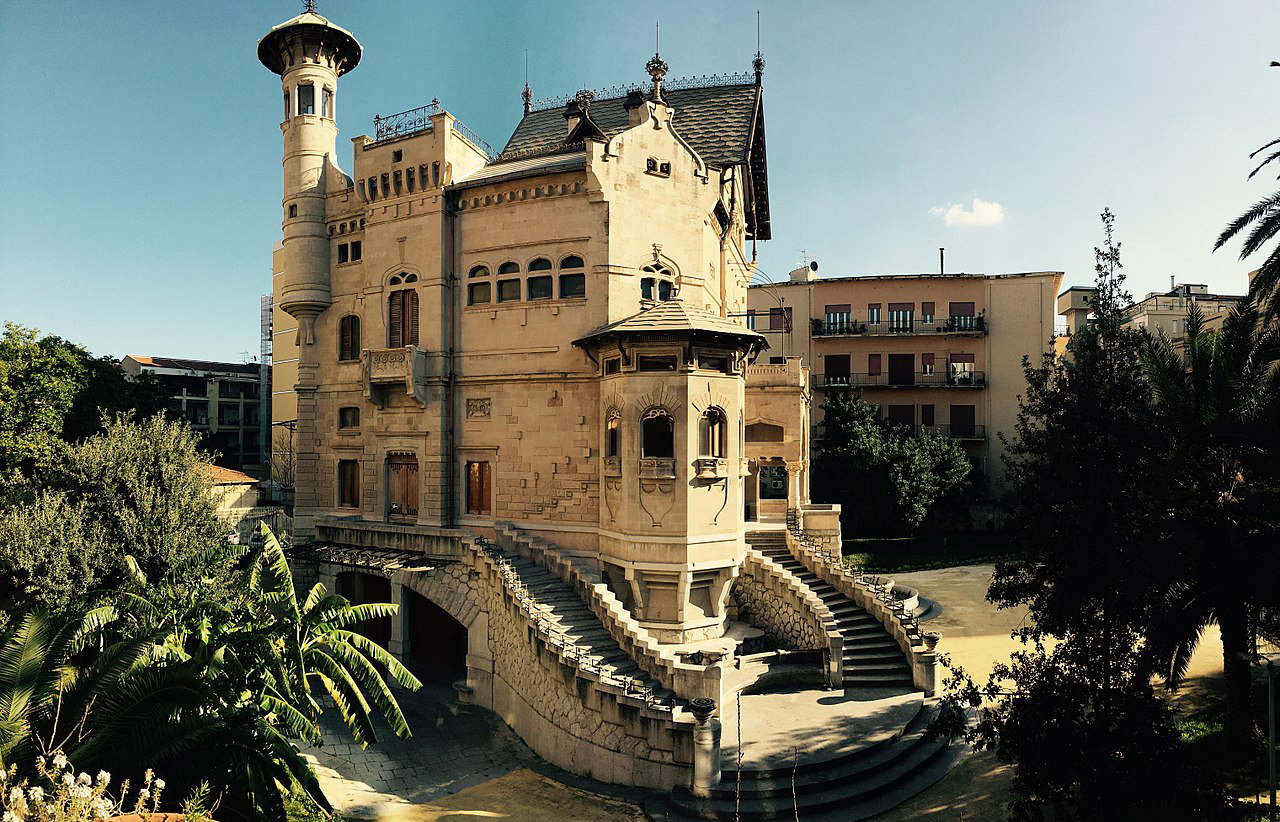
Villa Igea, on the Palermo waterfront in the Acquasanta area not far from the Tonnara, was built by Ignazio Florio in the early 1900s to be a sanatorium but soon took on the function that still belongs to it today: that of a large luxury hotel. The hand is once again that of architect Filippo Ernesto Basile, the best that could be found at the time for flair and elegance and who had already built the Teatro Massimo in Palermo. The 5 stars of the hotel classifications in this case are not enough: in fact, once inside one is amazed by the magnificence and decorations of the highest level all in full Art Nouveau style, impressive the chandeliers by Caraffa and the wrought irons by Salvatore Martorella. Basile as collaborators in the realization of what from the outside looks almost like a castle, called Ettore de Maria Bergler and Vittorio Ducrot for the pictorial decorations and furnishings. The result would be a hotel structure (with direct berthing to the sea) that would go by word of mouth throughout Europe from which a very long list of personalities of culture and politics would come to stay (and die, like Constantine of Greece). The Hall of Mirrors with frescoes by Ettore De Maria Bergler is a place of memorable parties immersed in the pinnacle of Art Nouveau where the author signs his masterpiece, where painting and furnishings are composed in a complementary and harmonious way. His guests include Gabriele D’Annunzio, Giacomo Puccini, Kaiser Wilhelm II, Tsar Nicholas II, the Kings of England George V and Edward VII, Queen Alexandra and Princess Victoria,the King of Siam Paramandra Maha Chulalongkam and the Queen of Romania, theEmpress Eugenia De Montijo and the Duke of Orleans, businessmen such as Nathaniel Rotschild, Vanderbilt aboard the Varion, John Pierpont Morgan, Tsarina Maria Feodorovna, and then Grace Kelly and Rainier of Monaco along with Maria Callas. In 1962 it was the turn of Alain Delon, Burt Lancaster and Claudia Cardinale, Kirk Douglas, Sofia Loren, and Gloria Swanson, Greta Garbo, and Paul Newman.
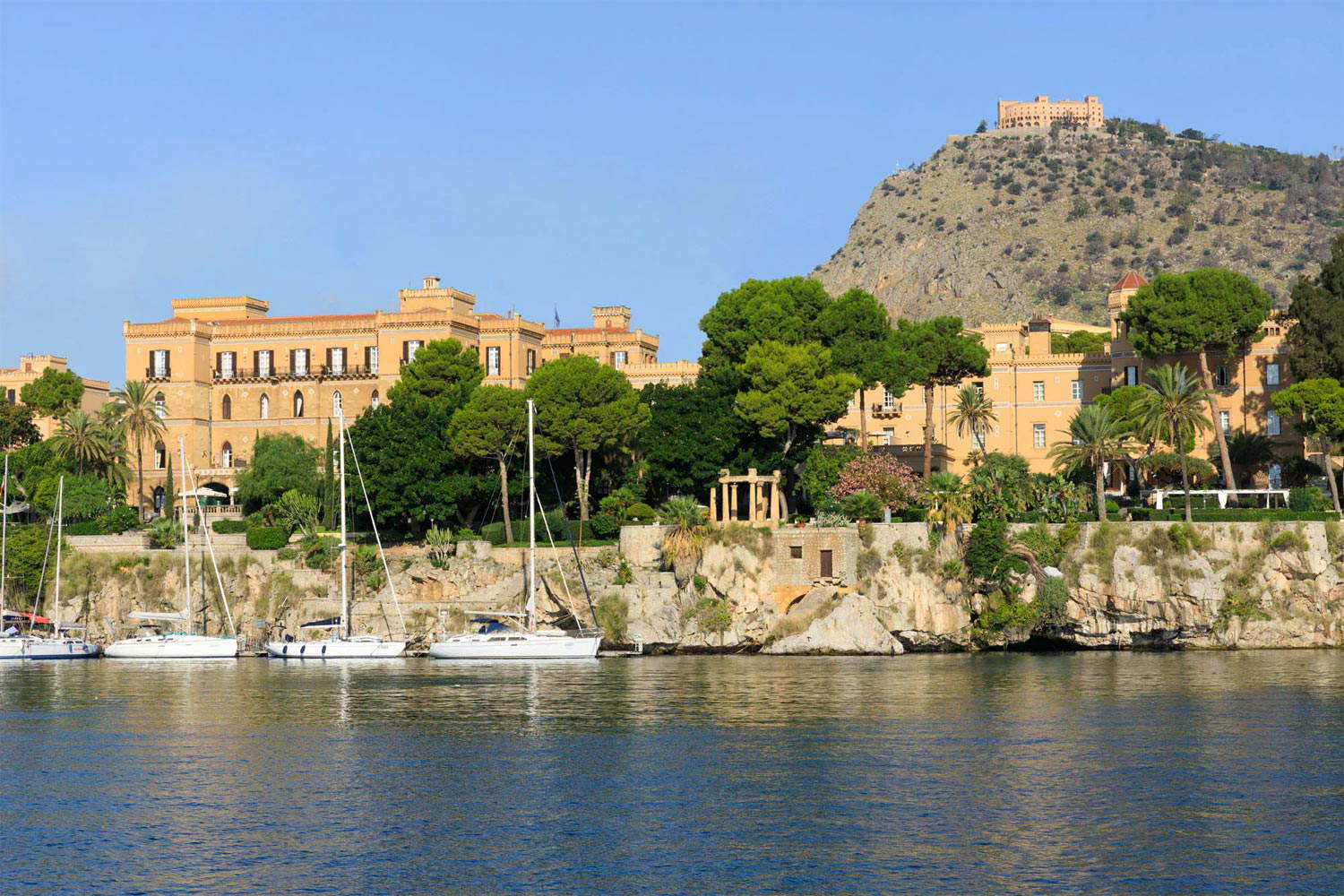
The plant, which is still the largest shipbuilding complex in the Mediterranean for ship conversion and repair, was desired by the Florios precisely to support the activities of their historic steel mill. The Florios would come to count a fleet of 99 ships, and the royal ship “Savoia” was fitted out in these yards in 1925.
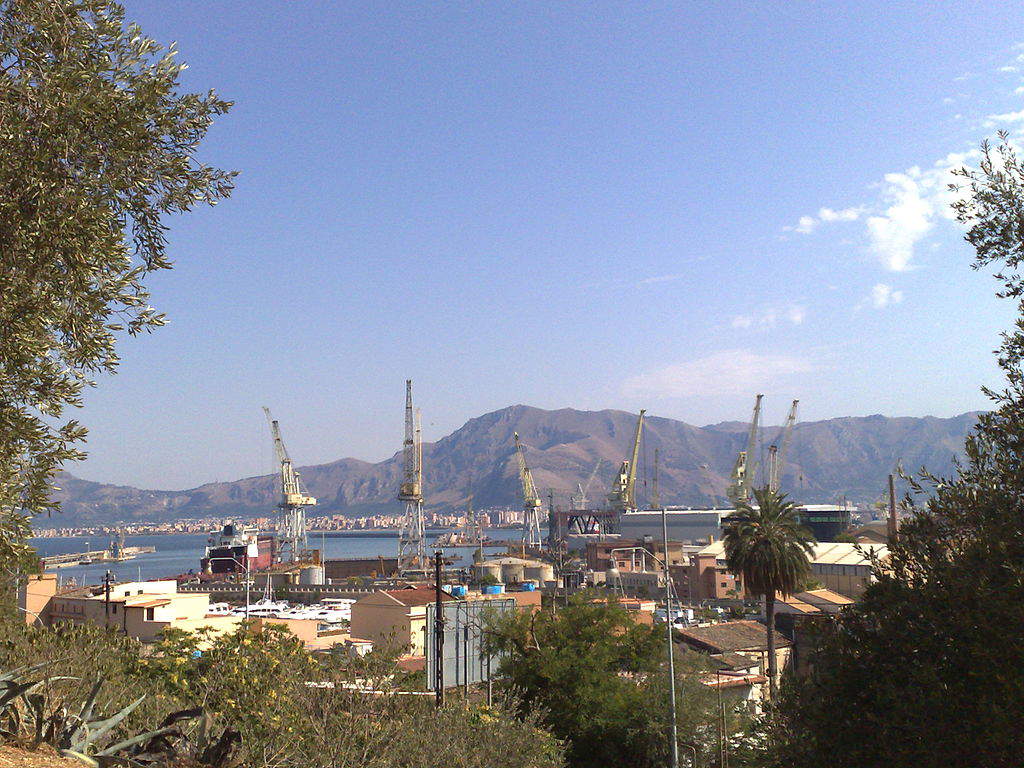
We owe tinned tuna to Ignazio Florio: in fact, it was he who devised the system of cooking and storing it in oil, rather than in salt, in a tin box with a lockable opening that revolutionized the trade and made him much wealth. Not to be too subtle, he directly bought two islands in the Egadi Islands, Favignana and Formica, and acquiring the fishing rights in 1874 began processing them in the factory in Favignana, now a museum in the most successful idea of modern industrial archaeology. The design of the tuna fishery, a state-of-the-art establishment at the time, was by architect Giuseppe Damiani Almey, to whom we also owe that of the villa on the island where they came to vacation, in neo-Gothic style with Art Nouveau interiors. Palazzo Florio is near the port and now houses the town council, tourist office and library.
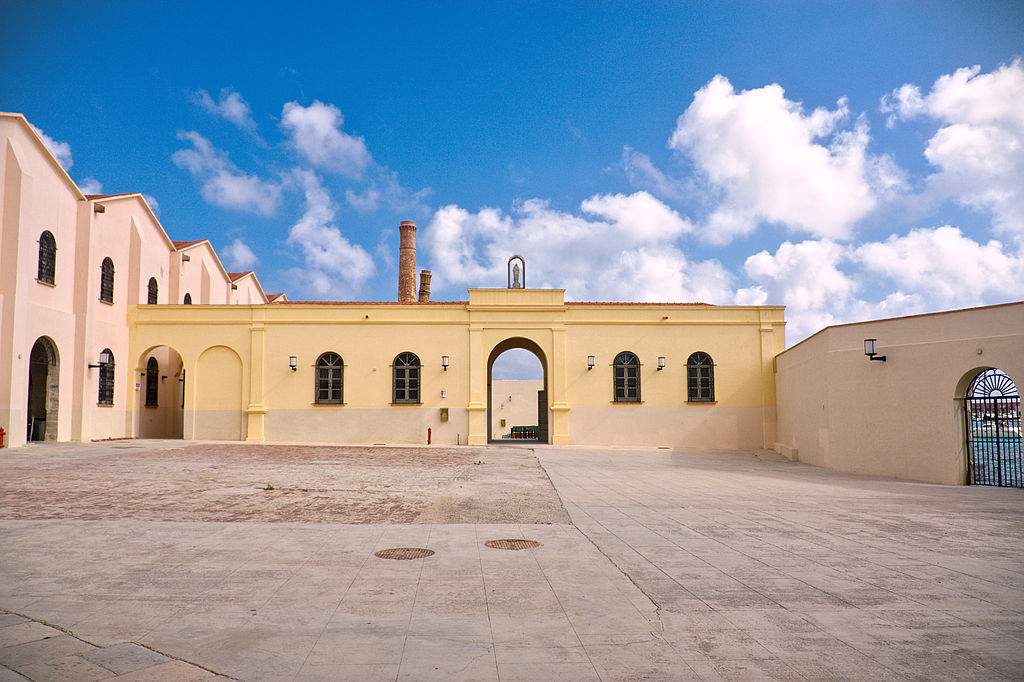
As mentioned, the world’s most famous fortified wine owes its fortunes to Vincenzo Florio, who enhanced its peculiarities and guessed the right marketing. The cellars are a piece of history where the nineteenth-century rooms for holding the wines are still preserved (44,000 square meters of floor space, wide pointed arches and tuff stone, the Slavonian red oak barrels), and with tastings and guided tours one can discover this area of western Sicily, including the famous salt pans with the renowned sunset. Forbes magazine calculates that “of all the wine-loving tourists who land in Sicily, almost half visited Florio during 2019. In fact, the wineries welcomed nearly 50 thousand visitors, noting a steady increase in the number of foreign guests (+13 percent), mainly French-speaking and concentrated in October and September. In the same year, the turnover from guided tours, winery events and the turnover related to the in-house wine shop exceeded one million euros.”
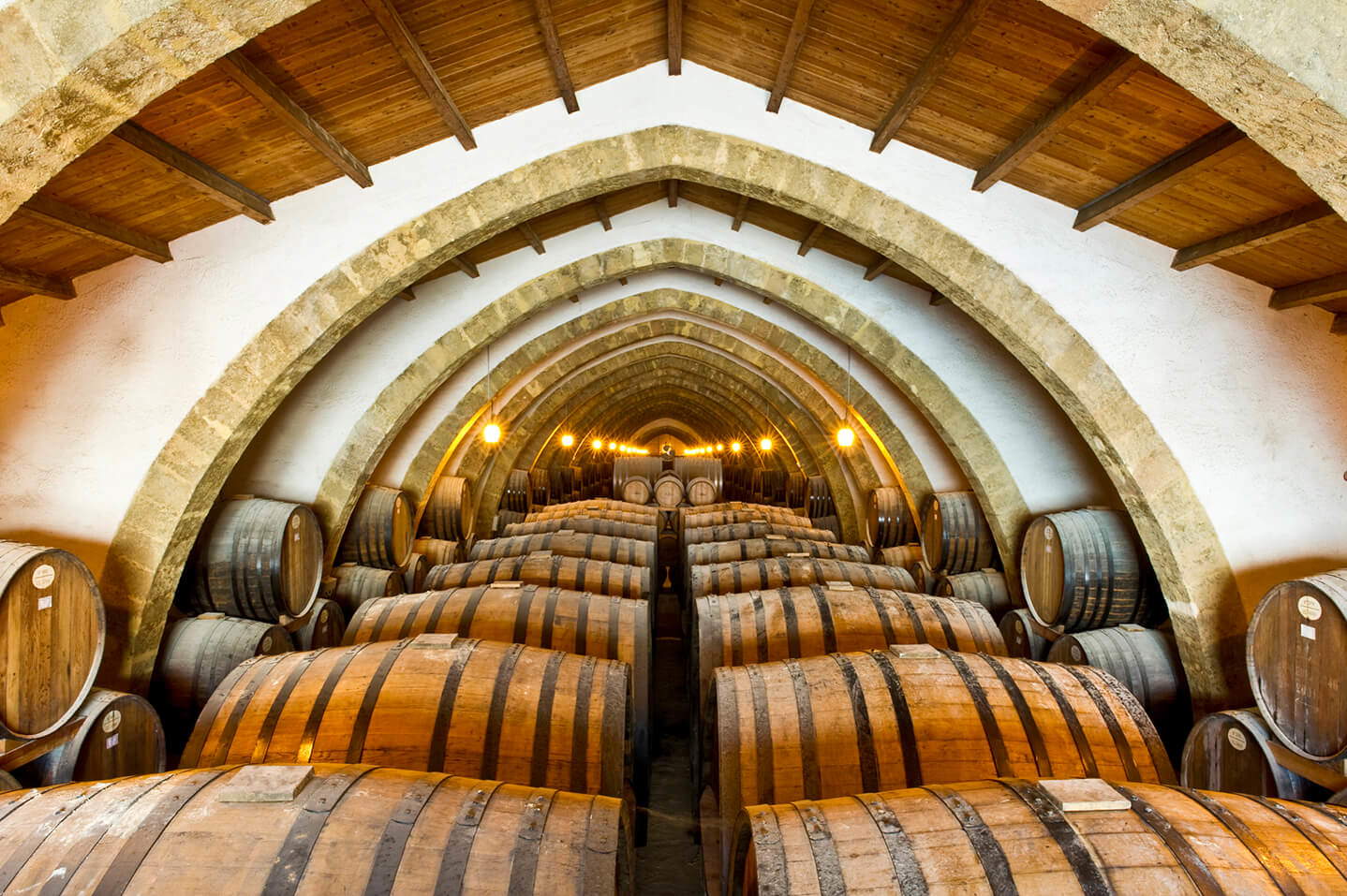
On the Foro Italico, taking a nice stroll along the waterfront, one can find the statue to Vincenzo Florio, son of Paolo and nephew of the latter’s brother Ignazio, one of the two progenitors of the family. The work, visible near the Porta dei Greci, was made in 1875 by Vincenzo D’Amore. Vincenzo Florio, following in the footsteps of his father and uncle who had arrived from Bagnara Calabra, inherited his business sense from them, but made the family’s fortunes grow considerably. The work celebrating him was produced seven years after his death in 1868. Another Ignazio Florio, Vincenzo’s son, would inherit his father’s business activities.
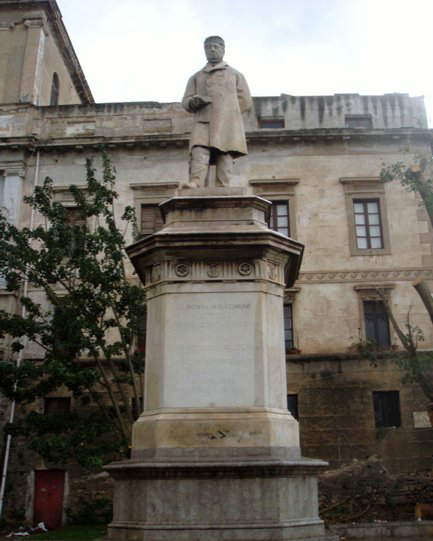
 |
| Sicily of the Florios: what to see, 8 stops |
Warning: the translation into English of the original Italian article was created using automatic tools. We undertake to review all articles, but we do not guarantee the total absence of inaccuracies in the translation due to the program. You can find the original by clicking on the ITA button. If you find any mistake,please contact us.